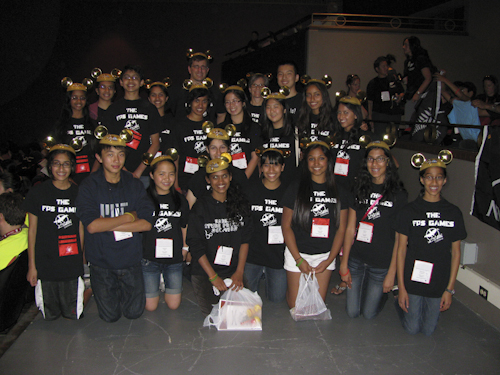Green Teen Summit Video Report by TalonWP.com Showcases Speakers, Attendees
This past April, Harker hosted the first Green Teen Summit, featuring appearances by 350.org founder Bill McKibben and the co-founder of BioTour, Ethan Burke. Harker journalism…


